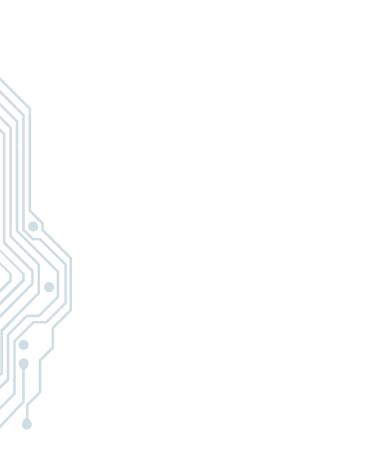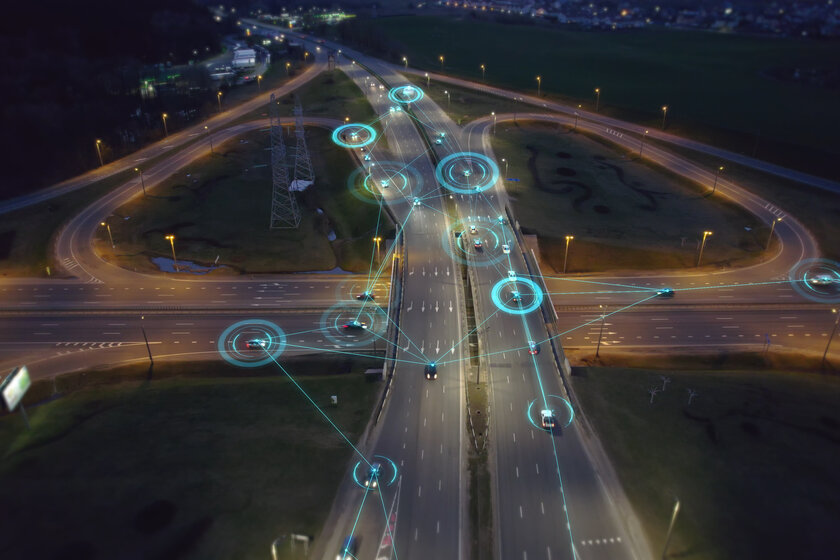
Why Drive-by-Wire is the Future of Vehicle Steering
1. Why Mechanical Steering Systems Are Reaching Their Limits
For decades, vehicle steering systems have remained largely unchanged—mechanical connections between the steering wheel and the wheels have been the norm. However, as vehicles become more electrified, automated, and connected, traditional systems are reaching their limits.
Steer-by-Wire, a fully electronic steering system without mechanical linkages, is a breakthrough in vehicle control. It offers enhanced safety, design flexibility, and seamless integration into autonomous systems.
2. What Is Drive-by-Wire? – Technological Fundamentals
A Drive-by-Wire system eliminates mechanical or hydraulic connections, replacing them with electronic control units (ECUs), sensors, and actuators.
How a Steer-by-Wire System Works
- Input: The driver moves the steering wheel, and sensors detect the motion.
- Signal Processing: The ECU calculates the optimal steering angle based on speed, road conditions, and driving situation.
- Actuator Control: Electric motors execute the steering movement at the wheels.
- Force Feedback: To maintain a natural feel, a force-feedback system simulates road surface forces.
Without a direct mechanical link, Steer-by-Wire requires advanced safety and redundancy concepts to ensure continuous vehicle control even in case of failure.
3. Advantages of Drive-by-Wire Over Mechanical Systems
- Enhanced Safety Through Redundancy
Modern Drive-by-Wire systems employ multiple safety layers to ensure continuous steering control. If one component fails, a redundant system automatically takes over.
- Weight Reduction & Space Optimization
Eliminating the steering column removes heavy mechanical components, reducing weight and providing more interior design freedom.
- Designed for Autonomous Driving
Traditional steering requires mechanical fail-safes—Drive-by-Wire allows full integration into autonomous control systems, ensuring seamless vehicle operation.
- Adaptive Driving Dynamics & Customization
- Steering characteristics can be customized in real-time, ranging from sporty and responsive to smooth and comfortable, adapting to different driving situations.
4. Conclusion & Preview of Blog 2 (Safety & Redundancy)
Drive-by-Wire is more than an innovation—it is the foundation for the future of mobility. Its advantages in safety, flexibility, and automation make it an essential component of modern vehicles.
But how can a fully electronic system match the safety of mechanical steering? In Blog 2, we will explore why fail-operational architectures and redundancy are critical to ensuring Drive-by-Wire safety.




